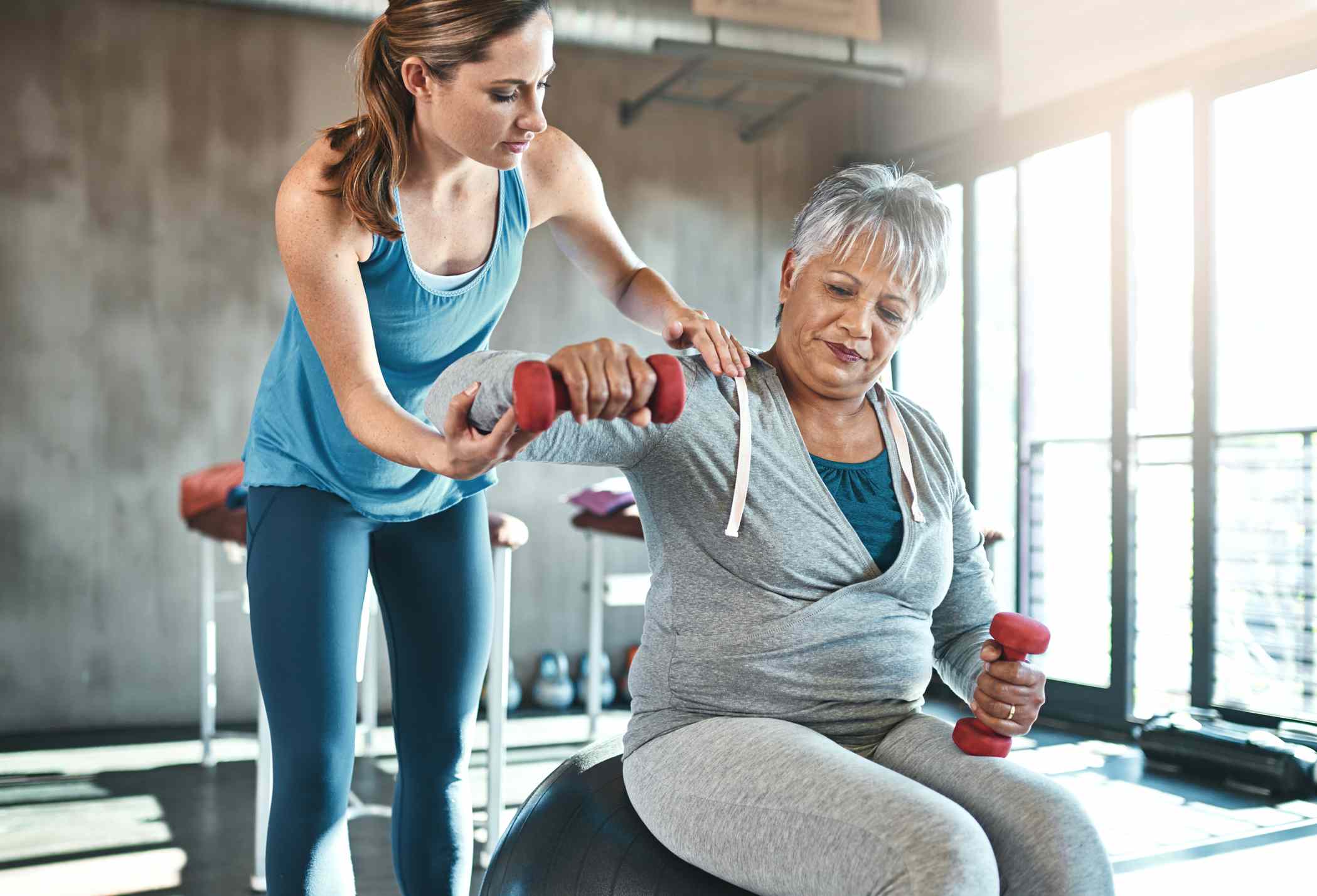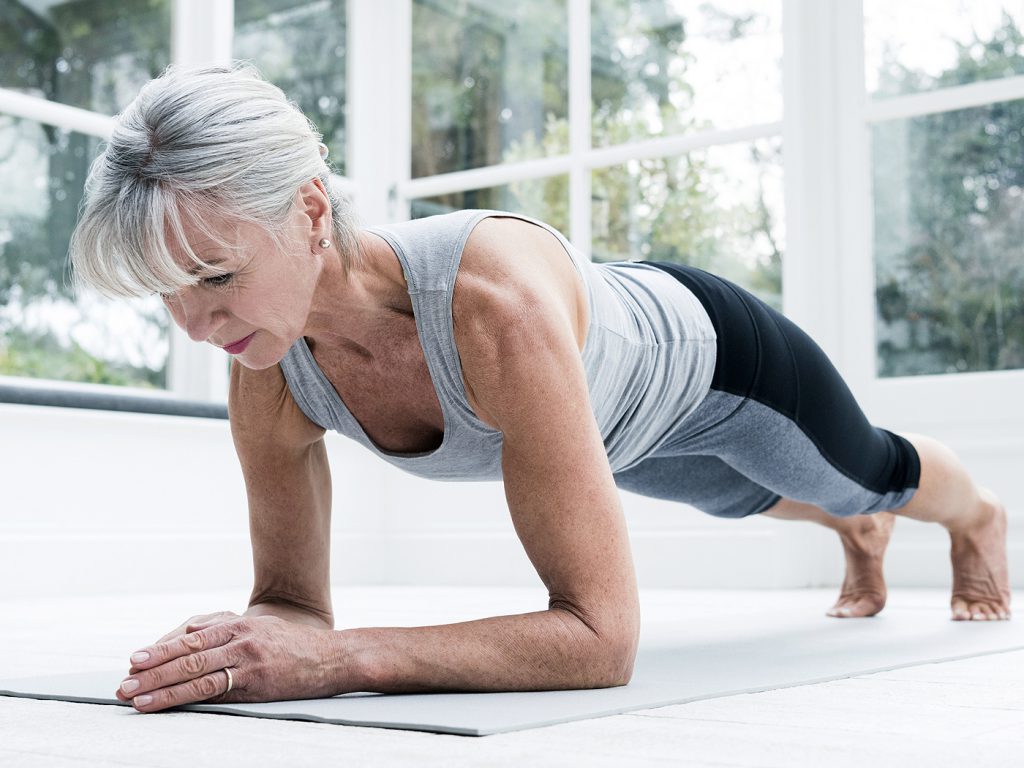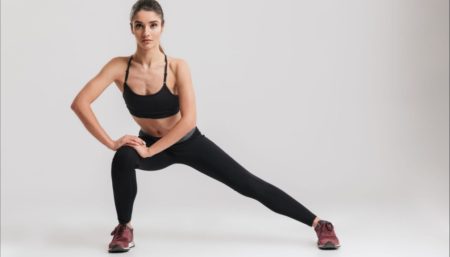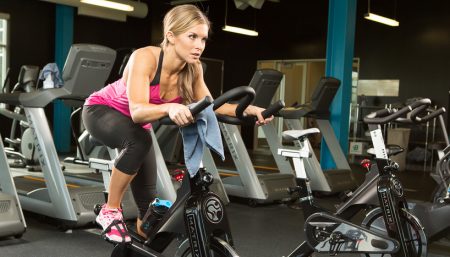
Arthritis and other rheumatic conditions are a growing health problem, in terms of prevalence, disability and cost. Rheumatism is classified as chronic, systemic, and autoimmune diseases. Major symptoms are synovial inflammation and swollen joints, autoantibody production, deformation of cartilage and bone structures, and systematic features such as cardiovascular, pulmonary, psychological and skeletal disorders. The mortality rate in patients with rheumatoidarthritis (RA) is 1.5 – 1.6 compared to that of the general public, and cardiovascular diseases (CVD) account for 40-50% of the deaths. In addition, a five-fold increased CVD-risk, was observed in female patients with RA who were diagnosed at a young age. Scientific studies have shown that aerobic interval training of high intensity is effective in improving general physical status and cardiovascular health.
In a recent study it was observed that, HIIT seems like a promising non-pharmacological treatment strategy for patients with RA and adult-JIA.
After ten weeks of hard training on a spinning bike twice a week, no adverse effects were observed on the study’s participants, a group of women with arthritis. Rather, there was a tendency for less inflammation, at least as measured by the inflammation marker CRP, and the participants of the study experienced a solid increase maximum oxygen intake, meaning that they reduced their risk of cardiovascular disease.
The participants also saw a small reduction in BMI, body fat per cent and waist measurement, as well as an increase in muscle mass as a result of the training period.
The study took place at CERG’s training studio at St. Olavs Hospital. The participants (18 women between the ages of 20-49) warmed up for ten minutes at 70 per cent of their maximum pulse, and then did four repetitions of high intensity (85-95 per cent of max pulse) four-minute intervals. The break between each interval was about three minutes, at 70 per cent of max pulse. The total work-out session lasted about 35 minutes.
The key element of HIIT that makes it different from other forms of interval training is that the high intensity intervals involve maximum effort, not simply a higher heart rate. There are many different approaches to HIIT, each involving different numbers of high and low intensity intervals, different levels of intensity during the low intensity intervals, different lengths of time for each interval, and different numbers of training sessions per week. If you want to use HIIT to improve performance for a particular sport or activity, you’ll need to tailor your training program to the specific needs and demands of your activity.
General HIIT Guidelines

- HIIT is designed for people whose primary concerns are boosting overall cardiovascular fitness, endurance, and fat loss,, without losing the muscle mass they already have.
- Before starting any HIIT program, you should be able to exercise for at least 20-30 minutes at 70-85% of your estimated maximum heart rate, without exhausting yourself or having problems.
- Because HIIT is physically demanding, it’s important to gradually build up your training program so that you don’t overdo it. (The sample training schedule below will safely introduce you to HIIT over a period of eight weeks.)
- Always warm up and cool down for at least five minutes before and after each HIIT session.
- Work as hard as you can during the high intensity intervals, until you feel the burning sensation in your muscles indicating that you have entered your anaerobic zone. Elite athletes can usually sustain maximum intensity exercise for three to five minutes before they have to slow down and recover, so don’t expect to work longer than that.
- Full recovery takes about four minutes for everyone, but you can shorten the recovery intervals if your high intensity intervals are also shorter and don’t completely exhaust your anaerobic energy system.
- If you experience any chest pain or breathing difficulties during your HIIT workout, cool down immediately. (Don’t just stop or else blood can pool in your extremities and lightheadedness or faintness can occur.)
- If your heart rate does not drop back down to about 70% of your max during recovery intervals, you may need to shorten your work intervals and/or lengthen your recovery intervals.
- HIIT is not for beginner exercisers or people with cardiovascular problems or risk factors. If you have cardiovascular problems or risk factors should NOT attempt HIIT unless your doctor has specifically cleared you for this kind of exercise.
You can adjust your training to accommodate your particular needs and goals.
Disclaimer
The Content is not intended to be a substitute for professional medical advice, diagnosis, or treatment. Always seek the advice of your physician or other qualified health provider with any questions you may have regarding a medical condition.



